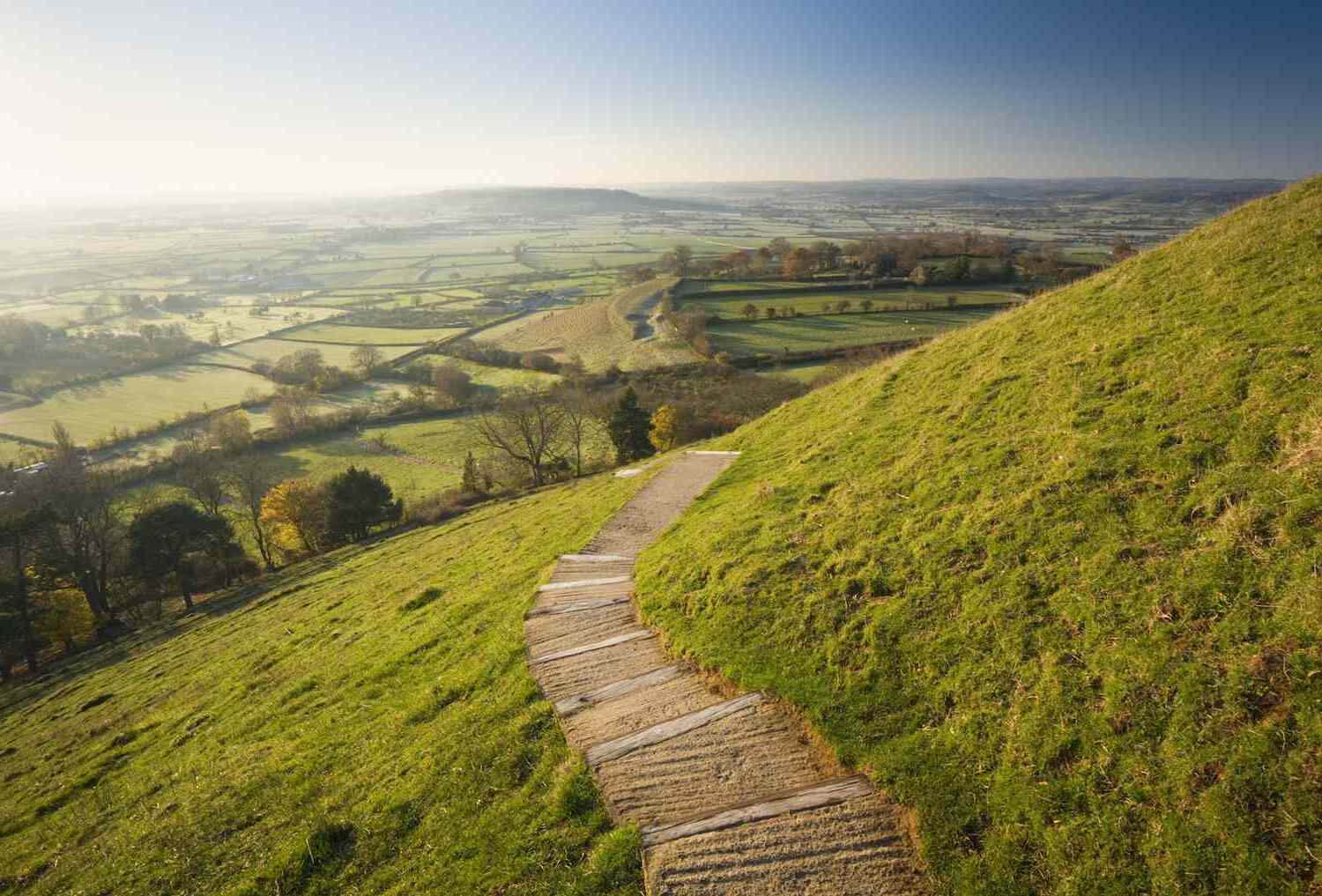
Ley lines are mysterious, straight alignments that connect various historical landmarks, ancient sites, and natural formations. Believers argue these lines hold mystical energy, influencing everything from human behavior to natural phenomena. Skeptics dismiss them as mere coincidences or products of human imagination. Regardless of where you stand, the concept of ley lines has intrigued people for decades. From Stonehenge to the Great Pyramids, these lines supposedly link some of the world's most enigmatic places. But what exactly are ley lines? Are they real, or just a fascinating myth? Let's delve into 35 intriguing facts about ley lines to uncover the truth behind these captivating alignments.
What Are Ley Lines?
Ley lines are straight alignments drawn between various historic structures and prominent landmarks. These lines have fascinated people for centuries due to their mysterious nature and supposed mystical properties.
-
Ley lines were first proposed by Alfred Watkins in 1921. He believed ancient sites were connected by straight lines.
-
Watkins coined the term "ley lines" after noticing the alignment of ancient landmarks in the English countryside.
-
Some believe ley lines are paths of spiritual energy that connect sacred sites around the world.
-
Ley lines often link ancient monuments like Stonehenge, the Great Pyramids, and Machu Picchu.
-
Many ley lines align with natural features such as mountain ranges, rivers, and coastlines.
Historical Significance of Ley Lines
Throughout history, ley lines have been associated with various cultural and religious practices. Their significance often extends beyond mere geographical alignments.
-
Ancient civilizations built structures along ley lines to harness their supposed energy.
-
Druids in ancient Britain are believed to have used ley lines for ceremonial purposes.
-
Chinese Feng Shui practices involve the concept of "dragon lines," similar to ley lines, to harmonize buildings with the environment.
-
Native American tribes often built their sacred sites along these lines, believing them to be powerful spiritual paths.
-
Medieval churches and cathedrals in Europe were frequently constructed on ley lines to enhance their spiritual significance.
Ley Lines and Modern Mysticism
In modern times, ley lines continue to captivate those interested in mysticism, spirituality, and alternative theories.
-
New Age practitioners believe ley lines are channels of earth energy that can be tapped into for healing and meditation.
-
Some UFO enthusiasts suggest that ley lines are used by extraterrestrial beings for navigation.
-
Dowsers claim to detect ley lines using rods or pendulums, believing they can sense the earth's energy.
-
Ley lines are often featured in literature and media, adding an element of mystery and intrigue to stories.
-
Tourists visit ley line sites to experience their supposed energy and historical significance.
Scientific Perspective on Ley Lines
While ley lines are popular in mystical and spiritual circles, the scientific community remains skeptical about their existence and significance.
-
No scientific evidence supports the existence of ley lines as channels of energy.
-
Geographers and archaeologists often attribute ley lines to coincidence rather than deliberate planning.
-
Critics argue that ley lines are a result of pattern recognition, a psychological phenomenon where people see patterns in random data.
-
Some scientists believe ley lines are a modern myth, perpetuated by those seeking meaning in ancient structures.
-
Despite skepticism, ley lines continue to be a subject of research and debate among scholars and enthusiasts alike.
Famous Ley Line Sites
Certain locations around the world are renowned for their alignment with ley lines, drawing visitors and researchers alike.
-
Stonehenge in England is one of the most famous sites associated with ley lines.
-
The Great Pyramids of Giza are believed to be connected by ley lines to other ancient sites.
-
Machu Picchu in Peru is often cited as a key point on global ley lines.
-
The Nazca Lines in Peru are thought to align with ley lines, adding to their mystery.
-
Mount Shasta in California is considered a major energy vortex, intersecting several ley lines.
Controversies and Criticisms
Ley lines have sparked numerous controversies and criticisms over the years, particularly regarding their validity and significance.
-
Skeptics argue that ley lines are a form of pseudoscience, lacking empirical evidence.
-
Some historians believe ley lines are a modern invention, with no basis in ancient practices.
-
Critics claim ley lines are a result of confirmation bias, where people only see what they want to see.
-
The alignment of sites along ley lines is often attributed to random chance rather than deliberate design.
-
Despite criticisms, ley lines remain a popular topic among those interested in alternative history and spirituality.
Ley Lines in Popular Culture
Ley lines have made their way into various aspects of popular culture, influencing everything from literature to video games.
-
Books like "The Da Vinci Code" by Dan Brown feature ley lines as key plot elements.
-
Television shows such as "Doctor Who" have episodes centered around ley lines and their mystical properties.
-
Video games like "Assassin's Creed" incorporate ley lines into their storylines, adding depth and intrigue.
-
Movies like "Indiana Jones" often reference ley lines in their exploration of ancient mysteries.
-
Ley lines inspire artists and musicians, who incorporate their themes into their work, creating a blend of history and mysticism.
The Mystique of Ley Lines
Ley lines have fascinated people for ages. These invisible lines, believed to connect ancient sites, stir curiosity and wonder. Some think they hold mystical powers, while others see them as mere coincidences. Whether you're a believer or a skeptic, ley lines offer a unique lens through which to view history and geography.
Exploring ley lines can lead to unexpected discoveries. From Stonehenge to the Pyramids, these lines connect places rich in history and mystery. They invite us to question what we know about our world and its ancient inhabitants.
So, next time you visit a historic site, consider the possibility of ley lines. Whether you find magic or just a fun story, ley lines add an extra layer of intrigue to our understanding of the past. Keep your mind open and your curiosity alive.
Was this page helpful?
Our commitment to delivering trustworthy and engaging content is at the heart of what we do. Each fact on our site is contributed by real users like you, bringing a wealth of diverse insights and information. To ensure the highest standards of accuracy and reliability, our dedicated editors meticulously review each submission. This process guarantees that the facts we share are not only fascinating but also credible. Trust in our commitment to quality and authenticity as you explore and learn with us.


